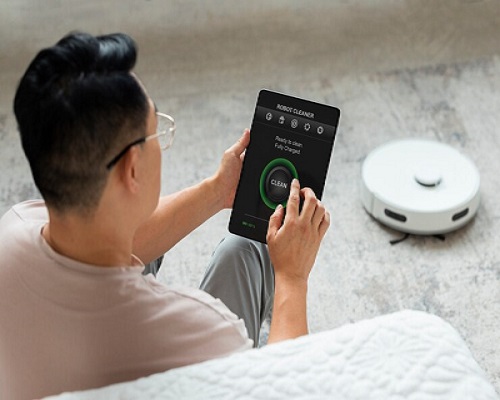Introduction
The Internet of Things (IoT) has revolutionized various industries, and the energy sector is no exception. IoT sensors have become an integral part of energy metering systems, enabling utilities and consumers to gain unprecedented insights into their energy consumption patterns. In this blog post, we will explore the diverse range of IoT sensors used in energy metering, their functionality, accuracy, and reliability.
Functionality of IoT Sensors in Energy Metering
IoT sensors in energy metering systems serve a variety of functions, including:
- Measurement: The primary function of IoT sensors is to measure various electrical parameters such as voltage, current, power, and energy consumption.
- Data Collection: Sensors collect real-time data from the electrical grid and transmit it to a central system for analysis and processing.
- Fault Detection: IoT sensors can detect and report faults or anomalies in the electrical system, such as power outages, voltage fluctuations, or equipment malfunctions.
- Energy Efficiency: Sensors provide detailed information on energy consumption patterns, enabling users to identify areas where energy efficiency can be improved.
Types of IoT Sensors Used in Energy Metering
There are various types of IoT sensors used in energy metering systems, each with its own unique capabilities:
- Current Transformers (CTs): CTs measure the current flowing through a conductor and provide accurate readings even under varying load conditions.
- Voltage Transformers (VTs): VTs measure the voltage across a circuit and are essential for calculating power consumption.
- Rogowski Coils: These non-invasive sensors measure current without requiring direct contact with the conductor, making them suitable for high-voltage applications.
- Hall Effect Sensors: Hall Effect sensors measure the magnetic field generated by current flow and are often used in conjunction with CTs or VTs for increased accuracy.
- Ultrasonic Sensors: Ultrasonic sensors measure the flow rate of gases or liquids in pipelines, enabling accurate metering of energy consumption in industrial applications.
Accuracy and Reliability of IoT Sensors
The accuracy and reliability of IoT sensors are crucial for effective energy metering. Factors that impact accuracy include sensor calibration, environmental conditions, and signal processing algorithms. To ensure reliable performance, sensors should undergo rigorous testing and calibration procedures.
Benefits of Using IoT Sensors in Energy Metering
- Data Granularity: IoT sensors provide granular data on energy consumption, allowing users to identify patterns and trends that would be difficult to detect with traditional metering methods.
- Fault Detection and Diagnostics: Real-time monitoring of energy consumption enables the early detection of faults and anomalies, reducing downtime and improving system reliability.
- Energy Efficiency Optimization: Detailed energy consumption data helps users identify opportunities for energy efficiency improvements, leading to cost savings and reduced environmental impact.
Conclusion
IoT sensors are revolutionizing energy metering by enabling utilities and consumers to gain unprecedented insights into their energy consumption patterns. Their diverse functionality, accuracy, and reliability make them essential tools for fault detection, energy efficiency optimization, and overall grid management. As the energy sector continues to evolve, IoT sensors will play an increasingly critical role in shaping the future of energy metering and smart grid technologies.
